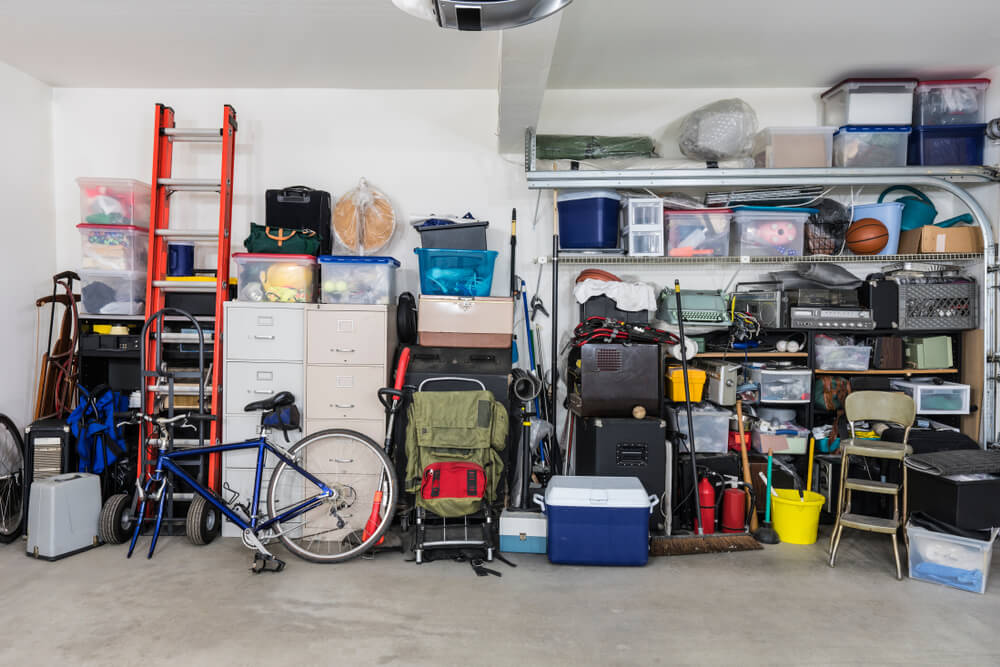Accumulation disorder can be confused with Diogenes syndrome, however, we’re not talking about the same thing.
The person suffering from Diogenes syndrome is characterized by its social isolation, even retiring to his own home, in addition to completely abandoning his cleanliness and all his personal hygiene, in this case the person accumulates not only useless objects, but also waste.
- In accumulation disorder.
- There are persistent difficulties in breaking or separating the property.
- Regardless of the true value of these assets; can be objects of low economic or sentimental value.
The difficulty of getting rid of these goods can manifest itself in several ways, including selling, throwing, giving or recycling, being the main reasons that people invoke for these difficulties in the usefulness or aesthetic value of the elements, or in a strong sentimental attachment. to possessions.
Another reason has to do with “what if. “They buy a new computer, but they don’t get rid of the old one if the new one fails. When they buy a new one, they still don’t get rid of the old one, because what if they both fail?Etc.
Some people feel responsible for the fate of their property and often do everything in their power not to waste anything. In addition, fear of losing important information is also common in people with accumulation disorders.
The Diagnostic and Statistical Manual of Mental Disorders (DSM-5) lists several diagnostic criteria for this disorder.
The most frequently accumulated items are newspapers, magazines, old clothes, handbags, books, electronic equipment and papers. . . Almost everything can be stored in their homes.
The nature of the items is not limited to possessions that most people would consider unnecessary or of little value. Many people collect and store a lot of valuables. These things often accumulate mixed with other less valuable items.
People with accumulation disorders voluntarily retain their assets, feel anxious about the possibility of throwing them away, so storage is intentional.
This characteristic differentiates accumulation disorder from other forms of psychopathology. Other disorders are characterized by passive accumulation of items or the absence of anxiety when it comes to having the goods. That’s why they’re different.
People who accumulate a large number of items pile up and disorganize areas of active living in the home, for example, the person may not be able to cook in the kitchen, sleep in bed, or sit in a chair.
When space can be used, this is only possible with great difficulty. Clutter is defined as a large group of objects, usually unrelated, can also be marginally joined stacked, disorganized into spaces intended for other purposes.
As we have seen in the diagnostic criteria, Criterion C focuses on active areas of home life, not peripheral areas, such as garages, attics or basements, places that are sometimes also disorganized in the case of people without accumulation disorders.
People with accumulation disorders generally have assets that occupy more than areas of working life in their own homes, and can occupy and make it impossible to use other spaces, which can be vehicles, playgrounds, workplaces, and homes of friends or family.
In some cases, the areas of working life may not be changed by the intervention of third parties, such as family members or local authorities. People who have been forced to clean their homes continue to have symptoms that meet the criteria for hoarding disorder.
The severity of the disorder increases over time and often, especially without proper intervention, the problem becomes chronic.

